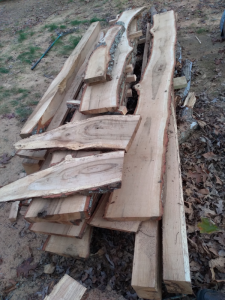How To Install Oak Beams Ceilings
Oak beams can add a certain classic and rustic charm to any building. There are however two main reasons why treating old oak beams is necessary. First, in an effort to modernise their look, many old homes painted previous homeowners to match in an attempt to make the interior to match the exterior. Secondly, in older buildings without much wide windows, oak flooring beams can have been painted bright to brighten up a space without modern lighting. In either case, old oak beams can become over-lit and very warm to the touch. Modern flooring manufacturers offer a variety of oak flooring products which offer a warm glow and natural wood feel to the floor.
Unfortunately, oak beams and oak beam ceilings are more susceptible to moisture damage than other types of floors. This can result in warping, rotting, chipping and cracking. This is why it is especially important to treat beams and cemeteries daily using professional grade oak post sealers. If the oak beams are painted, the paint must be waterproofed prior to application.
Oak beams as ceiling supports
The best time to paint old beams is in the late spring when the sap has not dried yet, this is also true for cedar cladding. After all, blackening or wood rot does not occur during the initial drying period. When applying a clear lacquer, use even pressure to allow the wood sap to flow freely. Avoid hosing down beams with rags or towels as the blackening will adhere better to the wood surface.

Once applied, oak beams must be allowed to dry for one to two weeks before installing new wooden flooring. This allows time for the finish to reach its maximum strength. During this time, oak posts and flooring will not be damaged by walking on them. It may take several visits to the professional installer’s office before the finish dries completely. As a note, once dry, oak beams should never be propped up off the ground because the wood will warp and crack.
Installing oak beams effectively
The installation process of oak beams begins with hollowed oak beams that have been cut into the required length. These beams are then placed in place at the corners, where they provide structural support to the subfloor. When installing hollowed oak beams, it is important to nail them together with the long nails that hold together the entire beam.
The next step involves removing the old solid oak flooring and installing the new ones. For this, the new beams must be cut to fit exactly in place with absolutely no space in between them. To make things easier on the new owners, a few short boards are screwed onto the ends of the main beam. This provides a solid base for the new oak ceiling beams to be installed on.
Before starting the installation process, remember to mark the spot where you want the oak beams to be placed. You can use a pencil or a marker to do so, or just write a simple straight line. When installing oaks, always remember to stagger your pieces so that they will have a solid foundation. When nailing the ends of the hall panels to the studs in your floor, always start at the bottom first and work your way up. The reason is so you don’t walk into a bunch of nails while you are nailing the panels together.
Once the oak wall panels are in place, the next step is to install the rafters. The two air dried oak beams are connected to each other using small nails, and the rafters are just finished with an extra bit of wood glued at the top. If the wall is made of plywood, it is necessary to use screws to attach it to the studs in the floor. This method works great if your studs are much bigger than your rafters. By using the screws and nailing finials, you’ll have created a sturdy wood floor that will be enjoyed for many years!